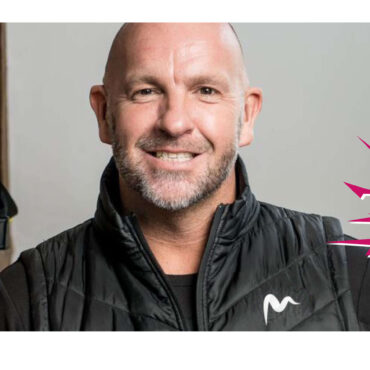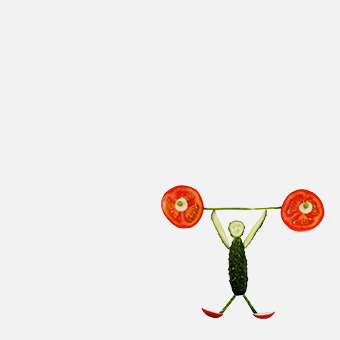Most of us like a tipple over Christmas. For some it’s a few glasses on the big day; for others it’s a month of alcoholic over-indulgence. The rest of us probably fall somewhere in-between.
Nobody likes a killjoy in the festive season. And there is certainly no harm in a few drinks now and again. But heavy and sustained drinking, or serious intermittent bingeing, can take a terrible toll on your health. Although alcohol use in the UK has declined, nearly a third of men and a fifth of women drink beyond the low-risk threshold. And as we know, it’s terribly easy for those pesky little units to add up.
So here are a few facts about alcohol and health to bear in mind as the party season starts popping its corks.
Alcohol and health – the facts
The harms of drinking are cumulative – the more regularly you drink and the larger the quantities, the greater the risk.
According to Dame Sally Davies, the UK’s Chief Medical Officer, men and women shouldn’t drink more than 14 units a week. That’s six average glasses of wine, six pints of beer, five of cider or 14 single shots of spirit.
If you drink 14 units or less, it’s called low-risk drinking. Drink more than this regularly and the health risks start to climb. In addition to packing on the pounds, serious health problems associated with long-term drinking include:
- Breast, throat and mouth cancer
- Stroke
- Heart disease
- Liver disease
- Brain damage
- Damage to the nervous system
These are the physical effects – but drinking can also take a terrible toll on your mental and emotional health, particularly if you drink to forget your troubles.
The good news
For those of us who like a tipple there’s plenty of good news. You don’t have to give up entirely. Non-alcoholic drinks are getting better and better – and the health benefits of even a couple of drink-free days a week are clear. So here are a few tips for keeping those units under control.
Get in drink-free days every week
Most of us find reducing easier than giving up. So timetable some drink-free days every week. Get up to three and you’ve almost halved your weekly consumption – just don’t use your new-found virtue as an excuse to go on a bender at the weekend.
Choose non or low-alcohol drinks
Back in the day low-alcohol booze was foul, tofu for drinkers – but without the taste (remember Kaliber?). Thankfully all that has changed. Seedlip, a pungent, fruity, non-alcohol spirit has taken the market by storm. There’s Brewdog’s Nanny State – love the name – and a whole shelf-load of alcohol-free wine, including sparklers. On the downside it can be pricey – but with the market in low-alcohol bevs booming, prices are likely to come down.
Dry Jan; sober October?
If Christmas has been a heavy one, if you’ve lived a little too high on the festive hog, a dry Jan looks like good – if bitter – medicine. And given that the CMO says there’s no such thing as ‘safe’ – only ‘low-risk’ – drinking, what’s not to like? But opinion is divided. Some argue that dry January turns into a license to drink as much as you like the rest of the year. Better to have regular dry days than a month off and 11 on. It can also feed a ‘boom and bust’ headset, like yo-yo dieting. And we know where that leads.
Moderation, moderation, moderation
The science is now clear – excessive drinking is bad for your health. Long term the trick is finding a way of enjoying the pleasures without reaping the pains. Moderation is key. Get in those dry days. Monitor your drinking – there are plenty of apps out there to help – and avoid bingeing. Wine, as Shakespeare said, is a good familiar creature, if it be well used.


















